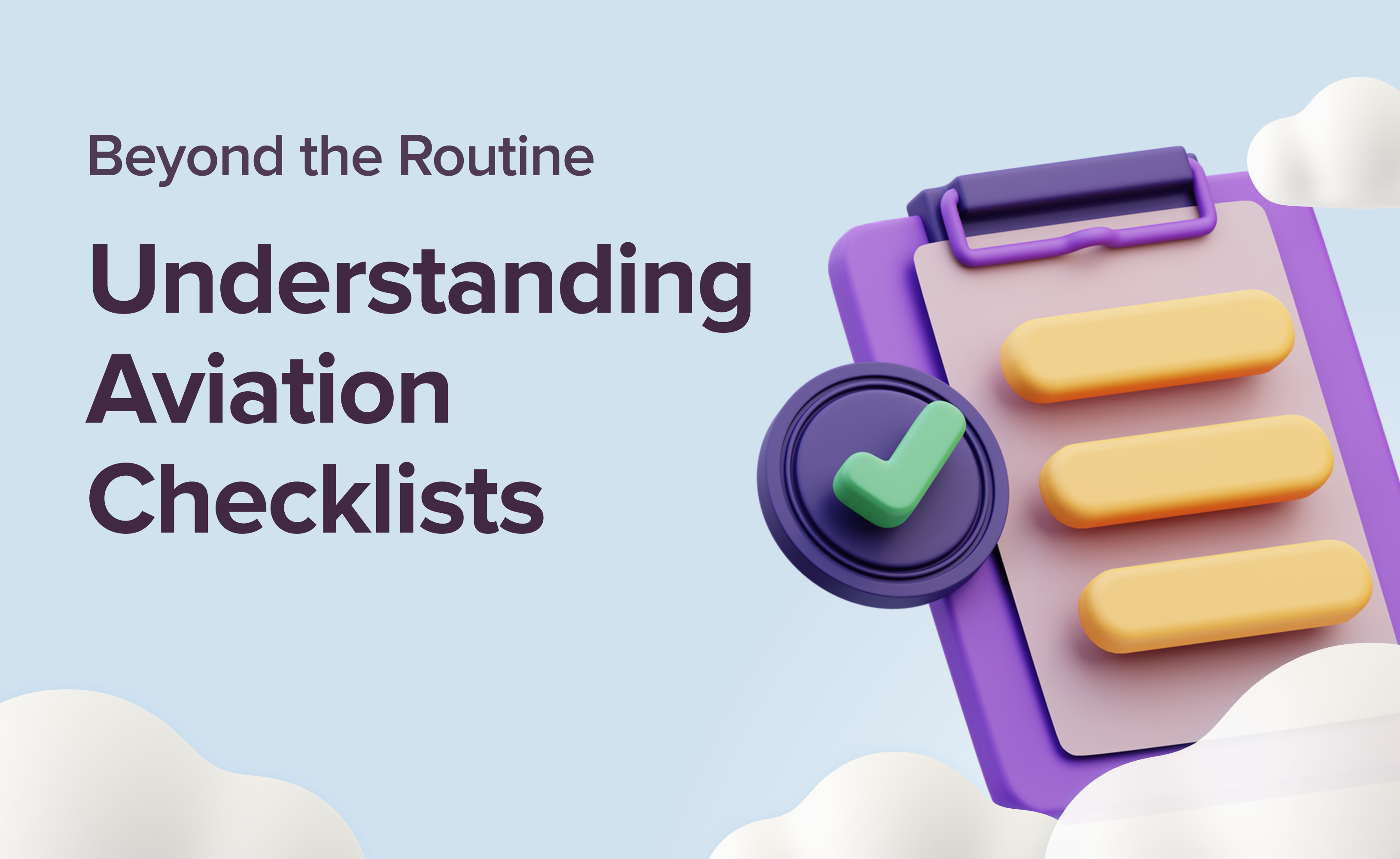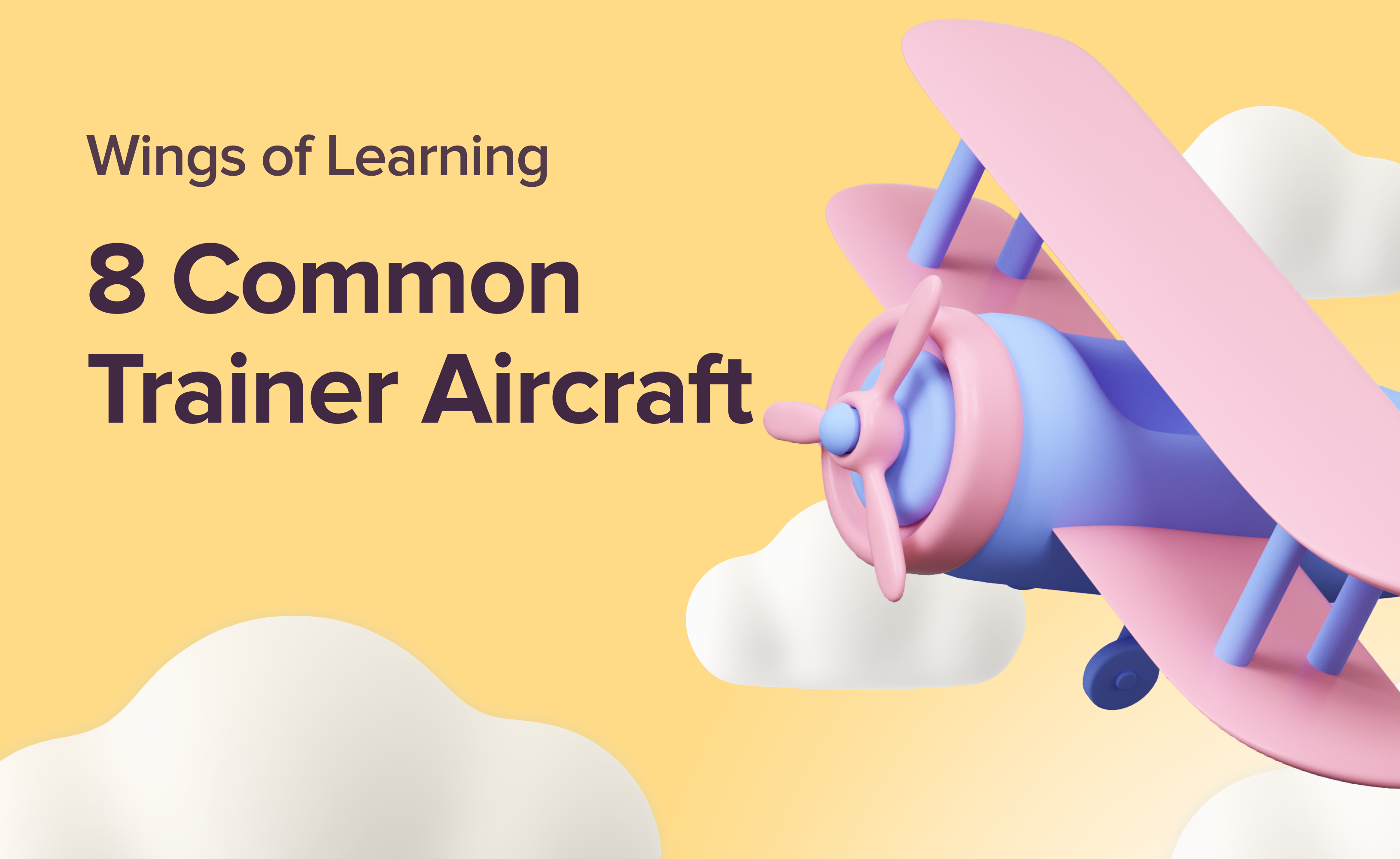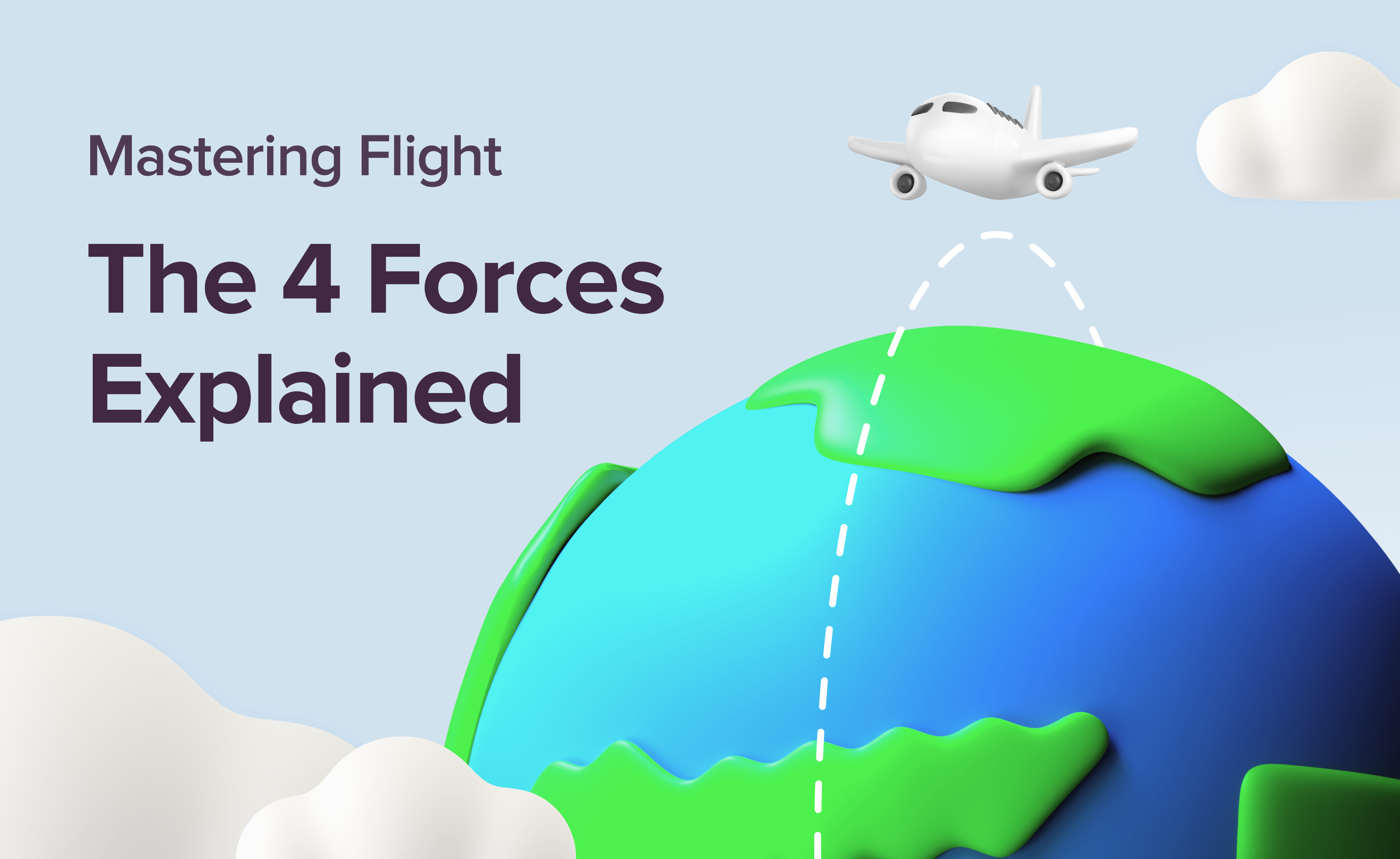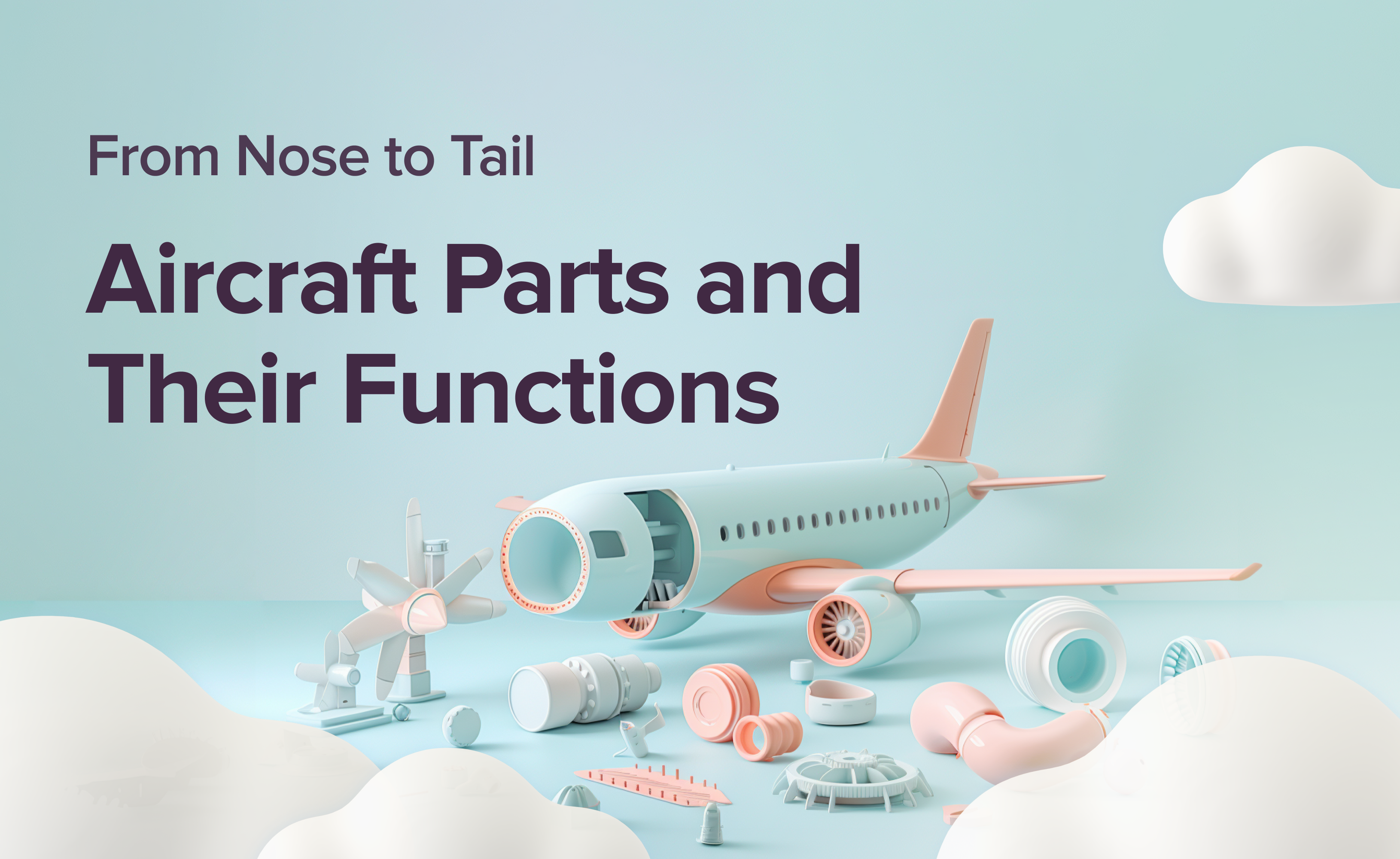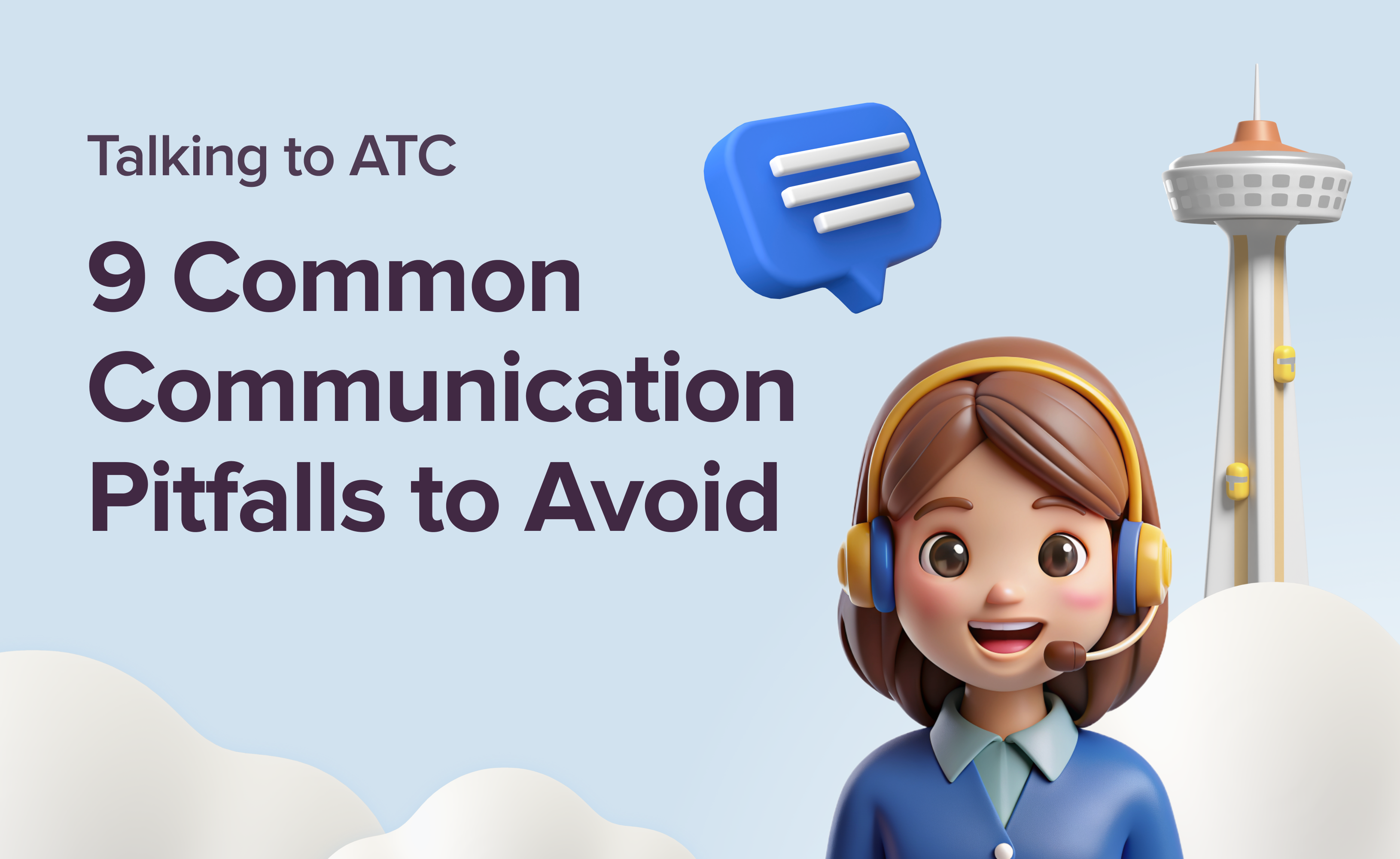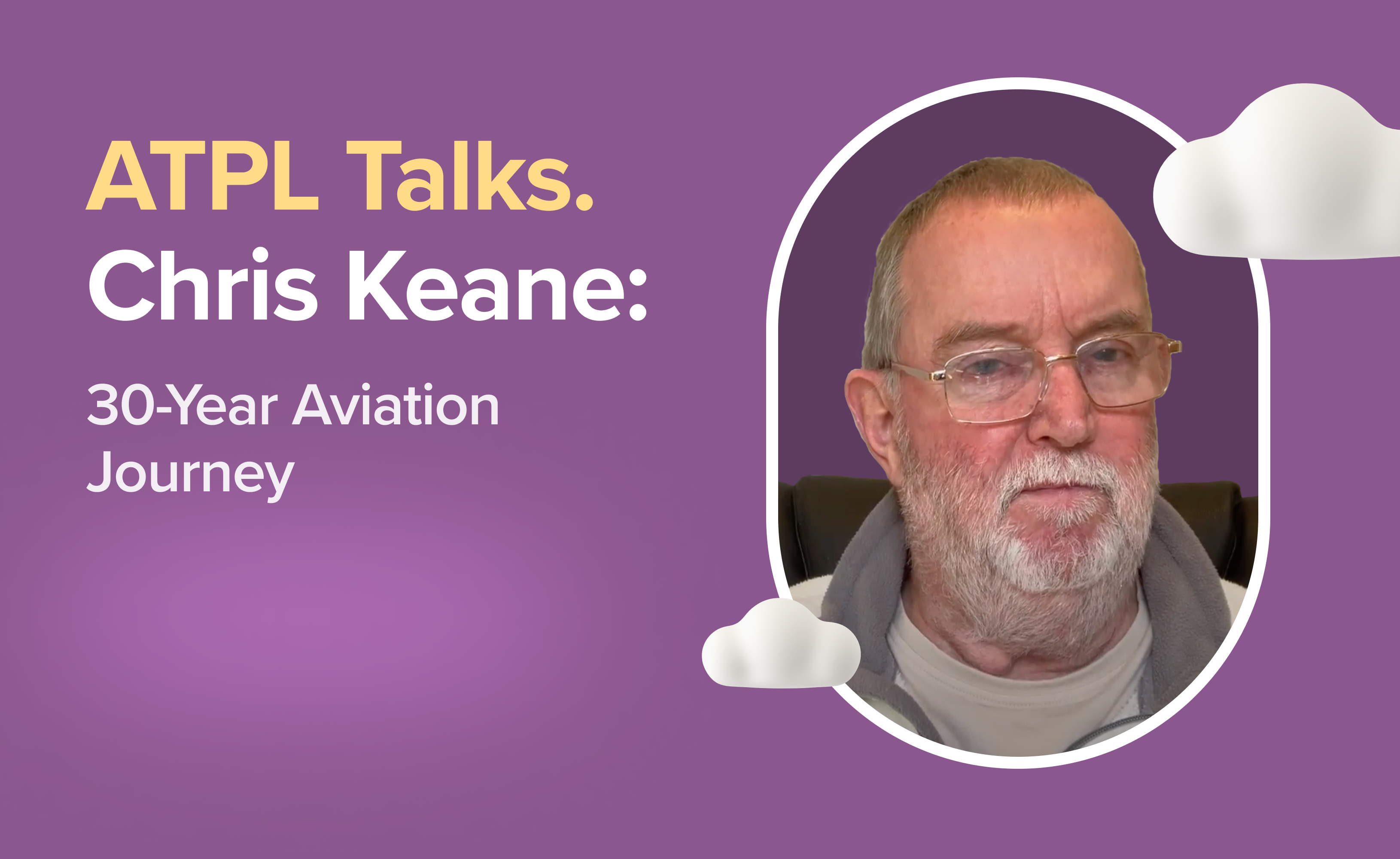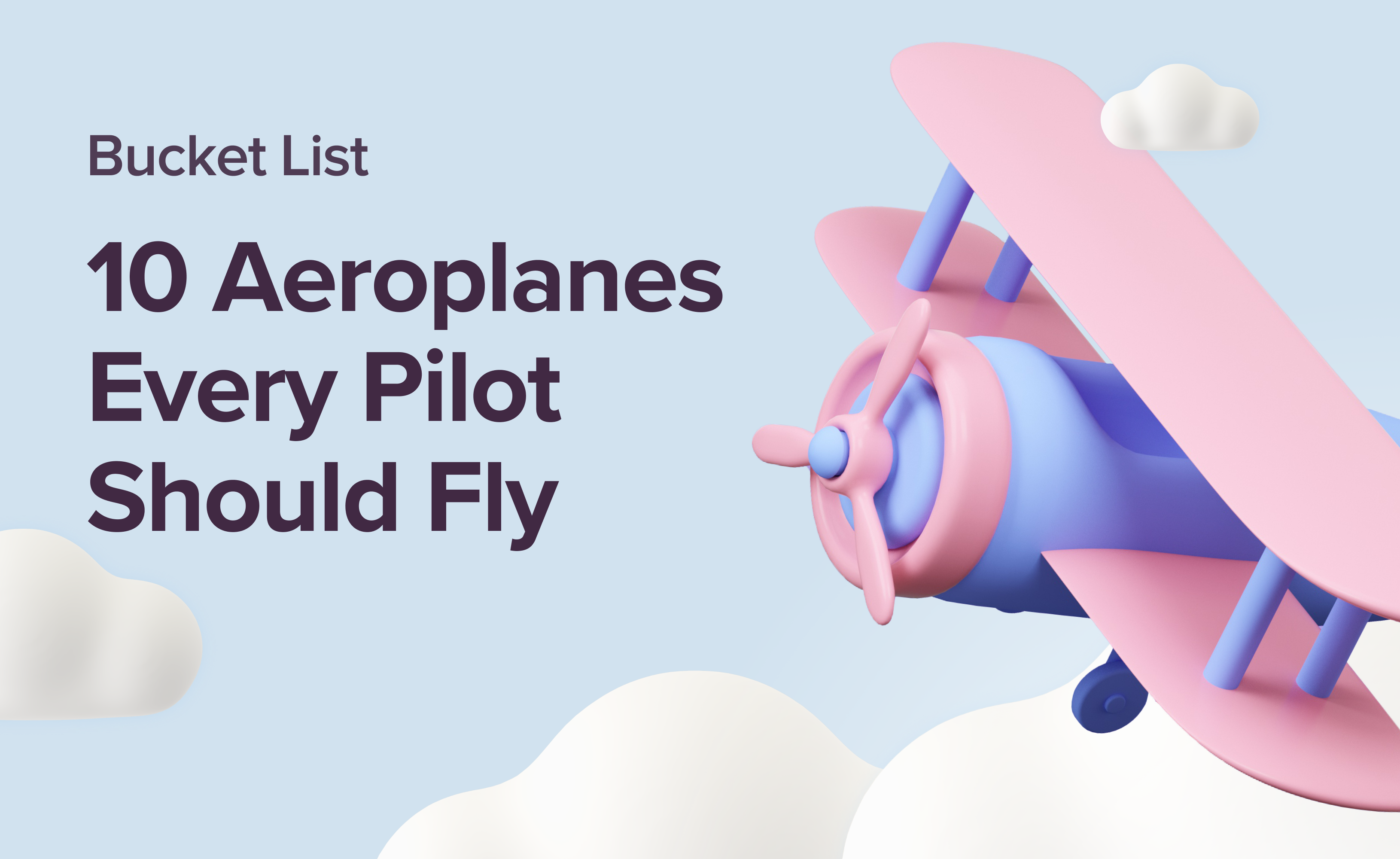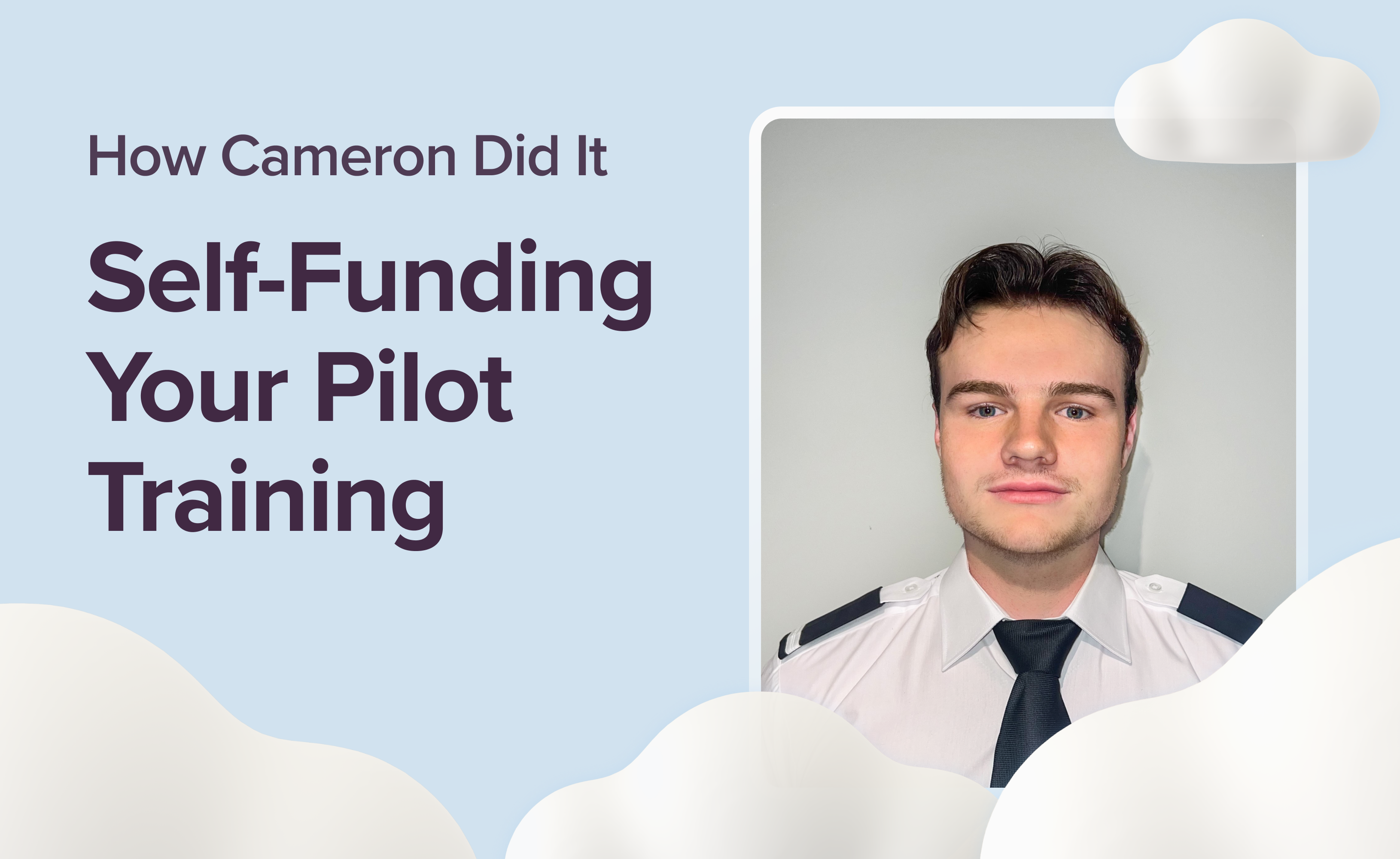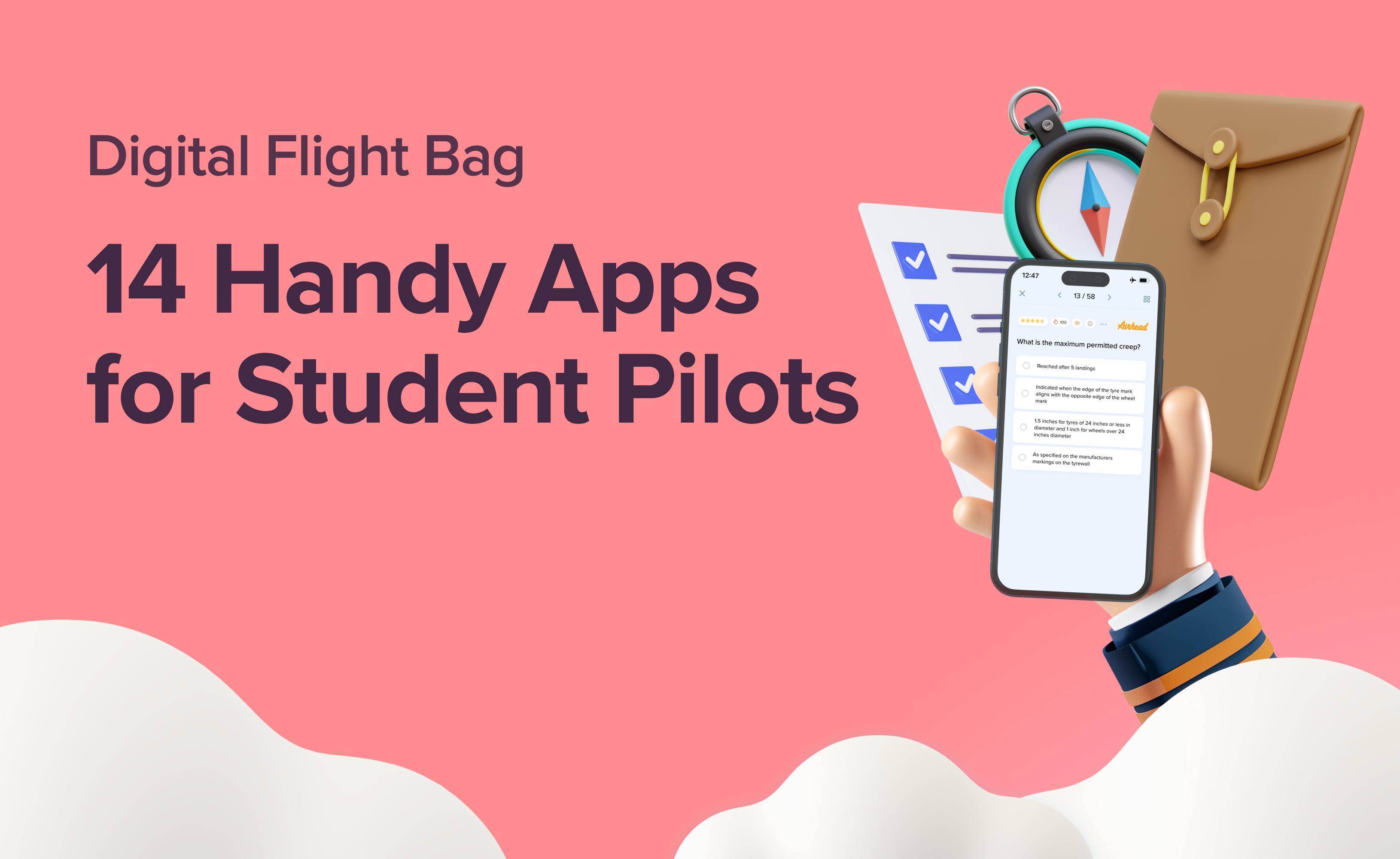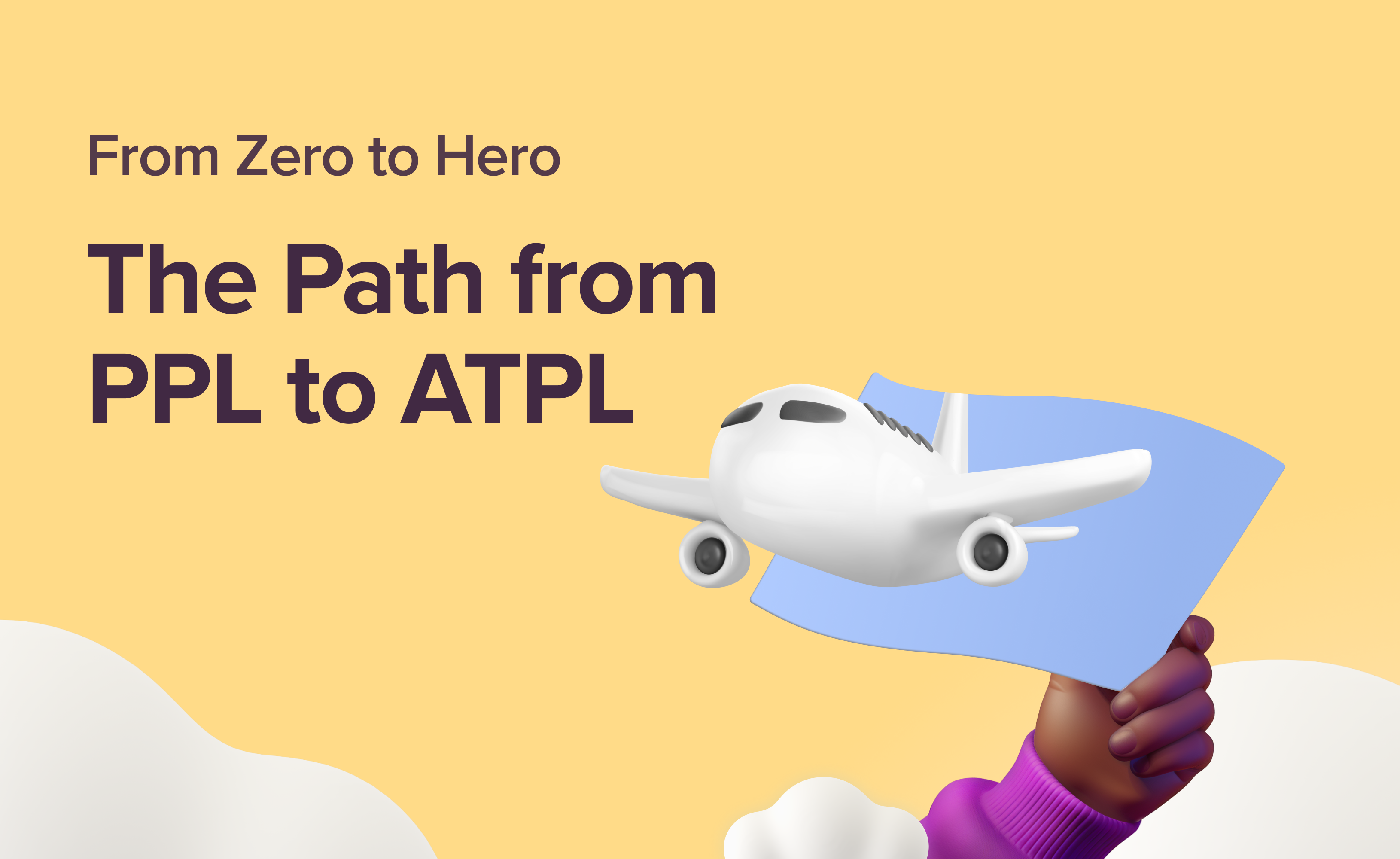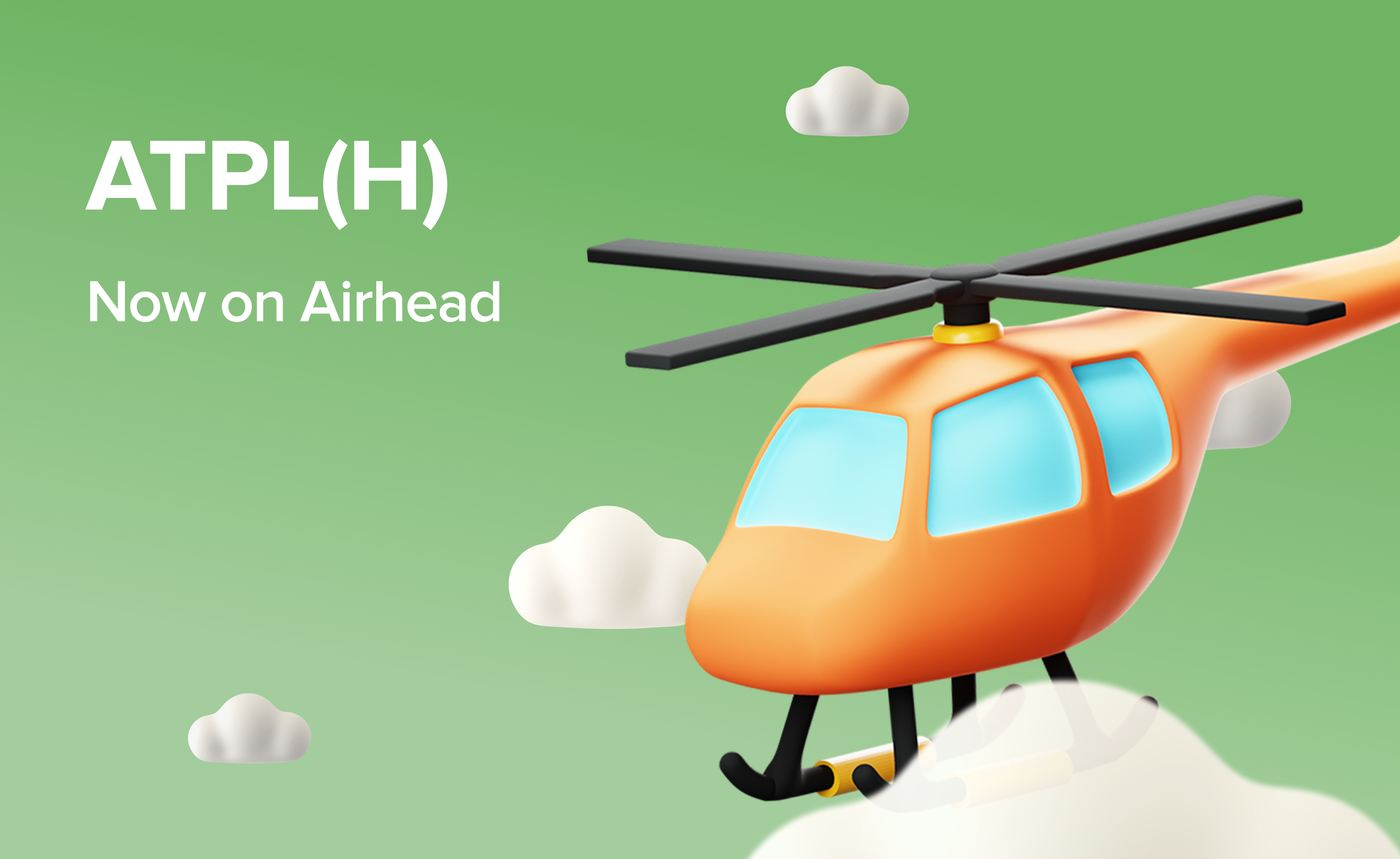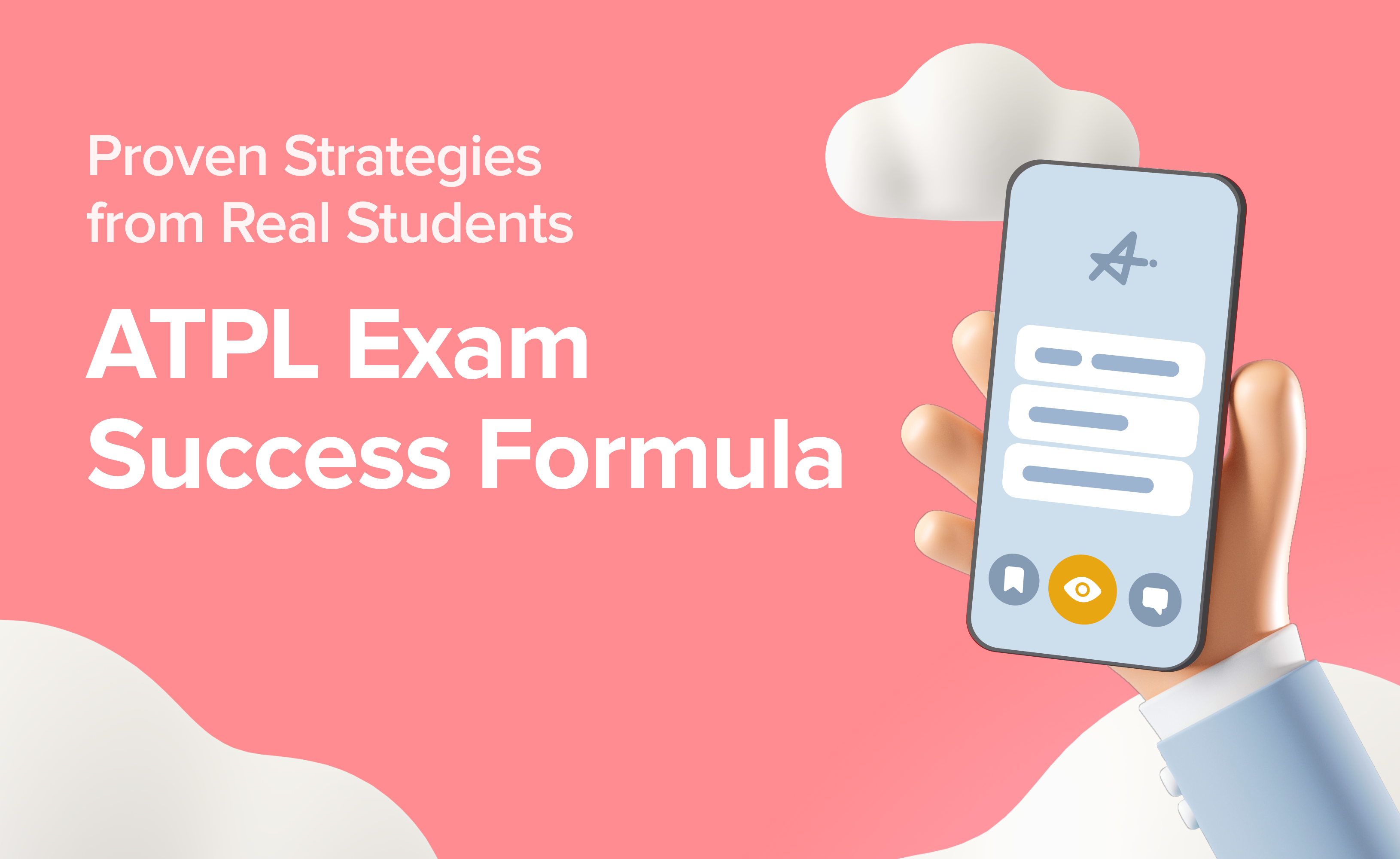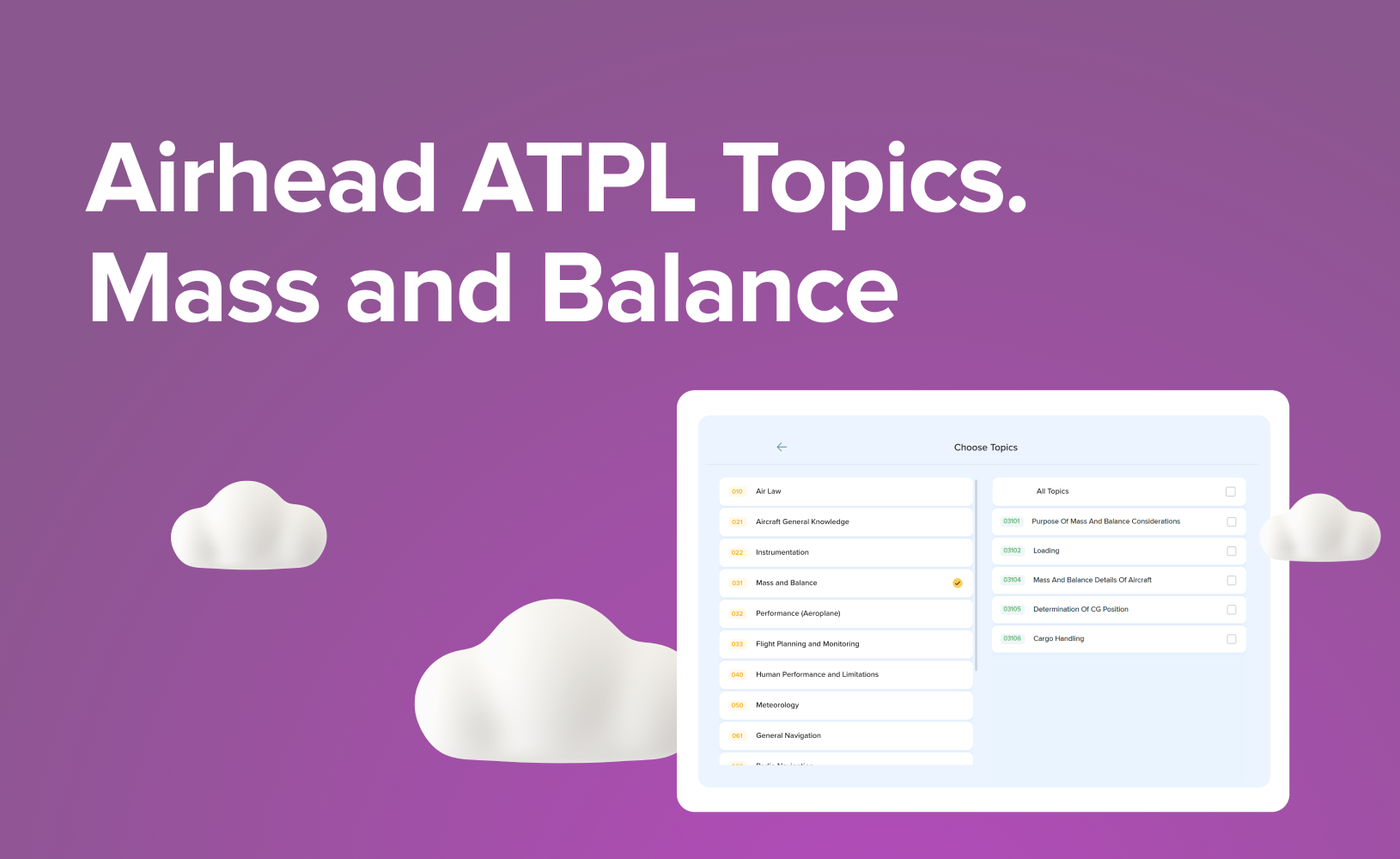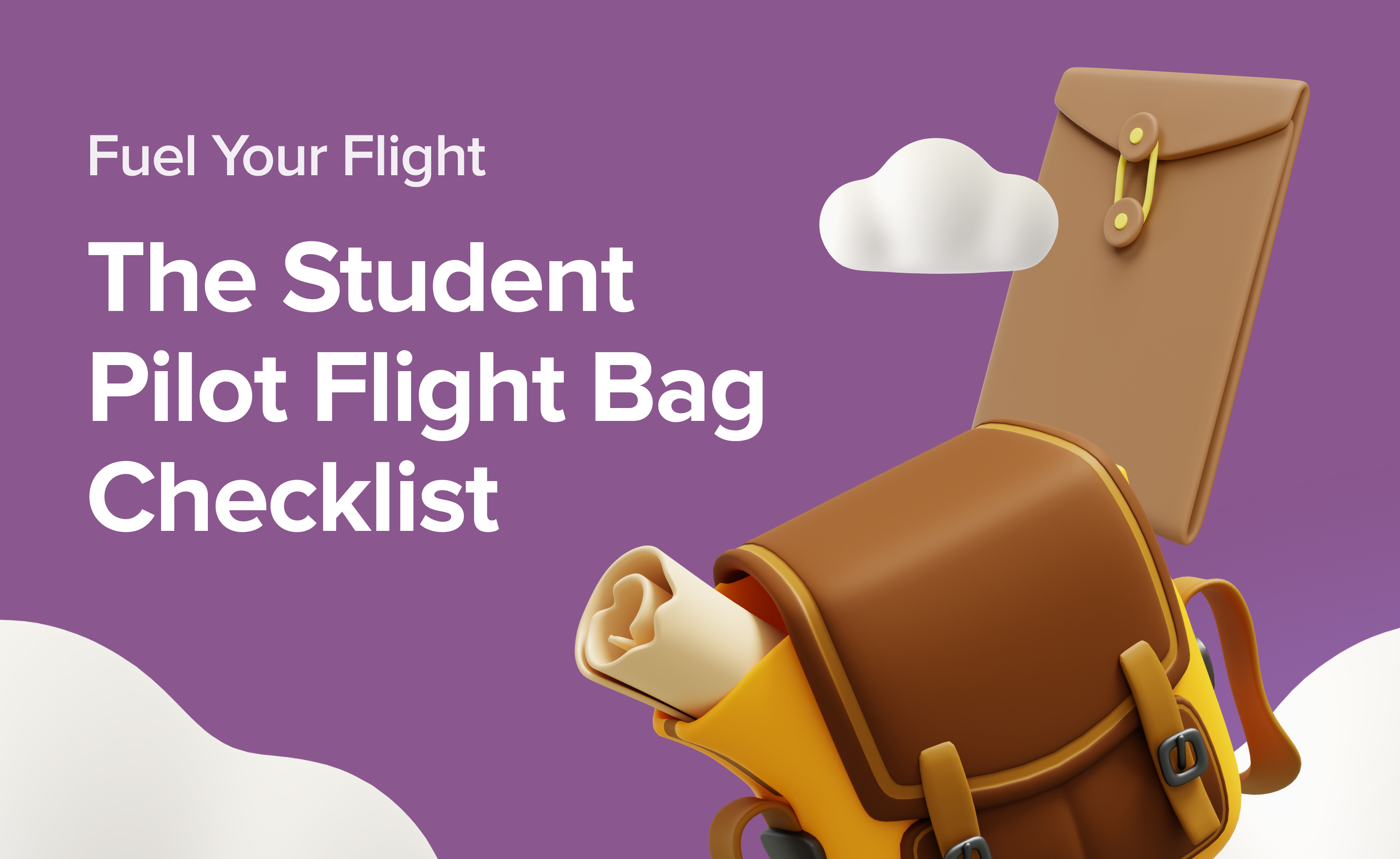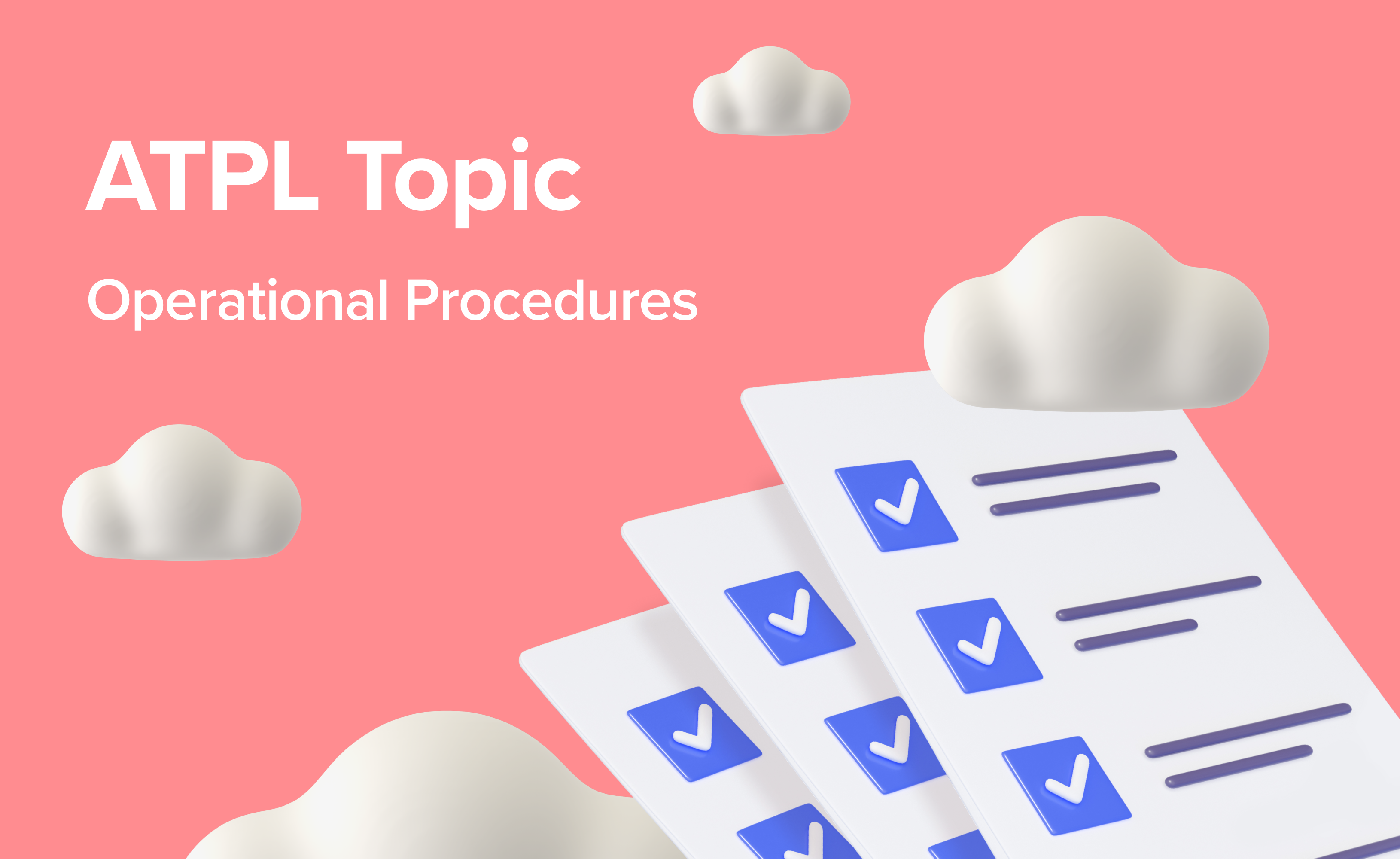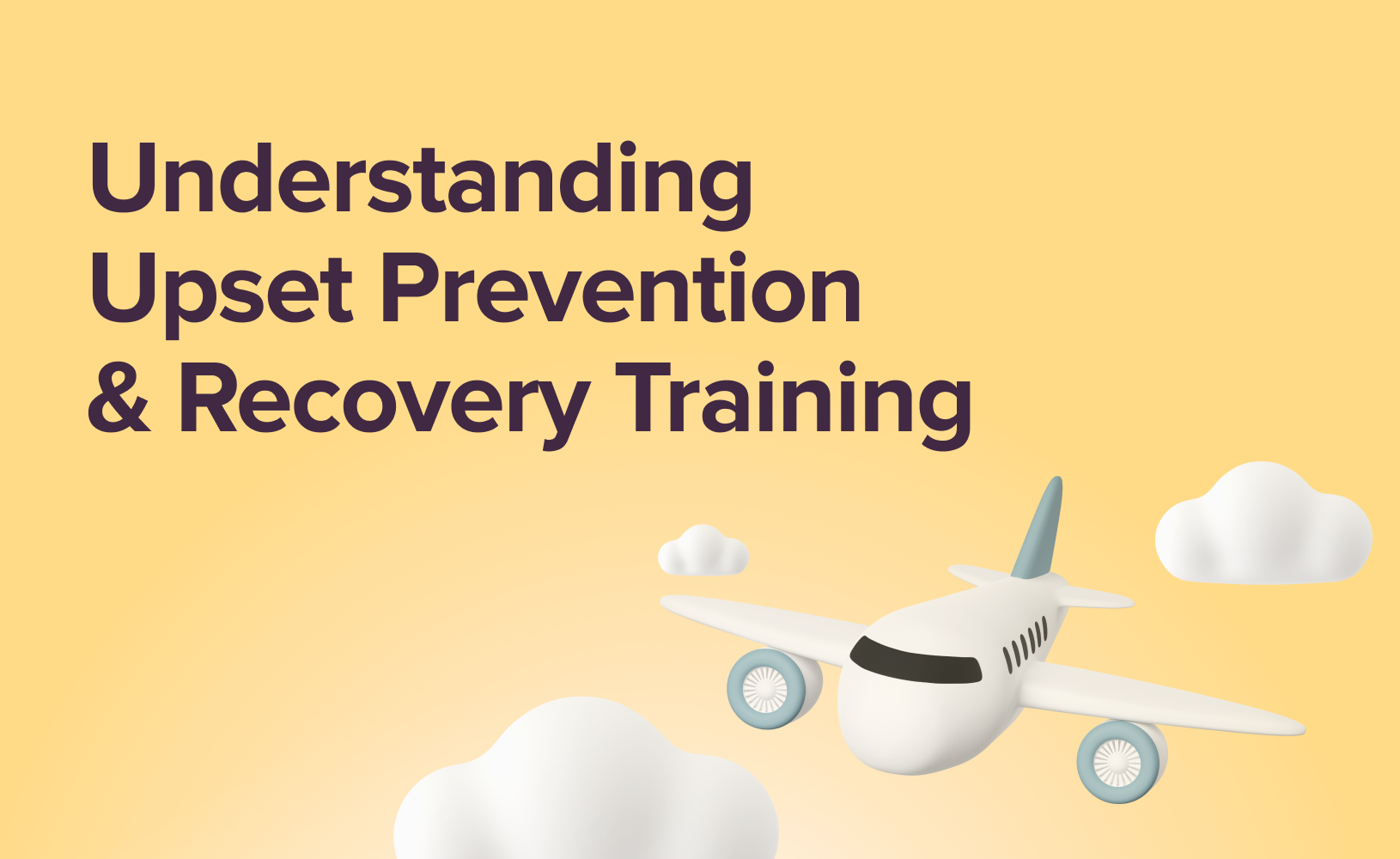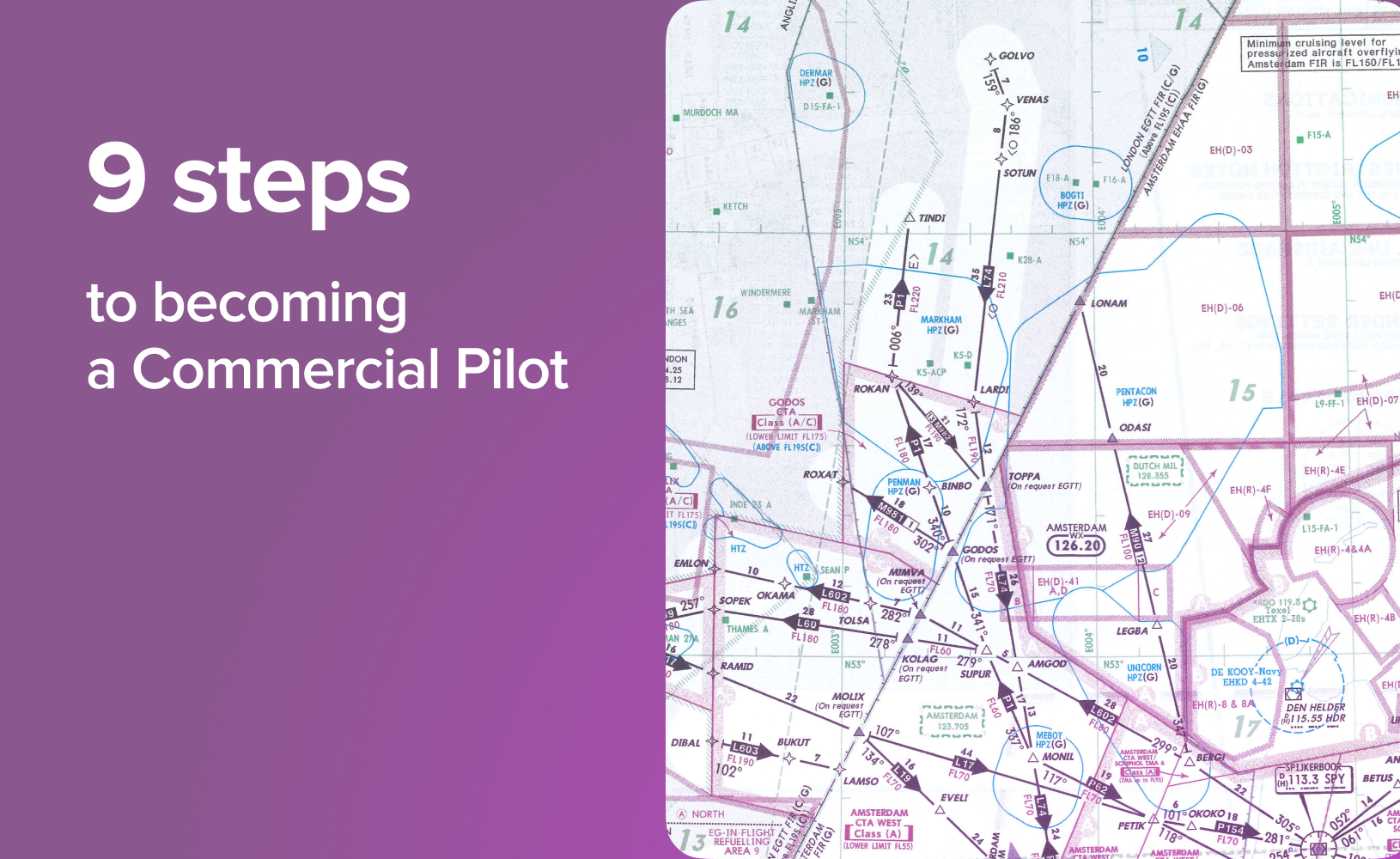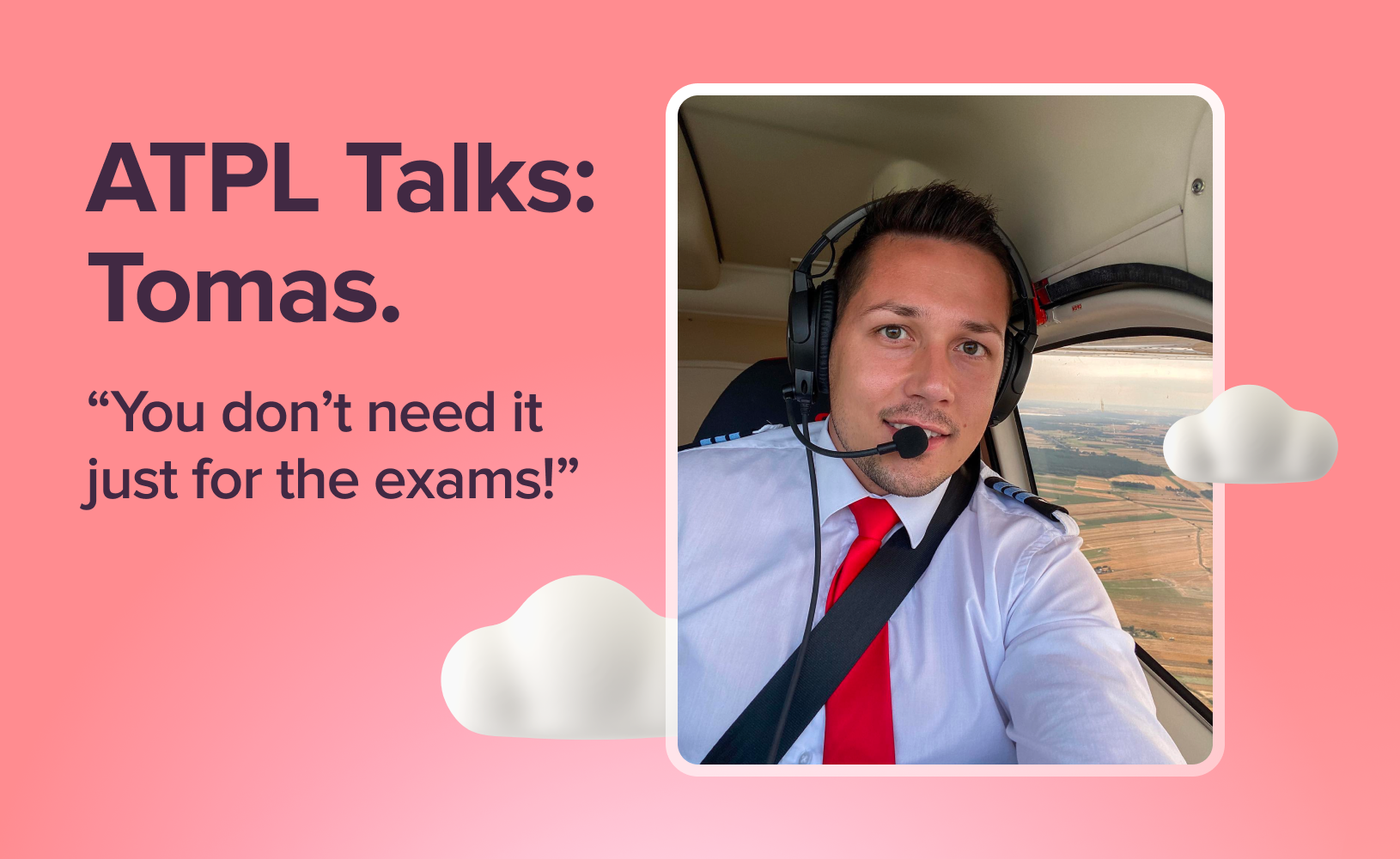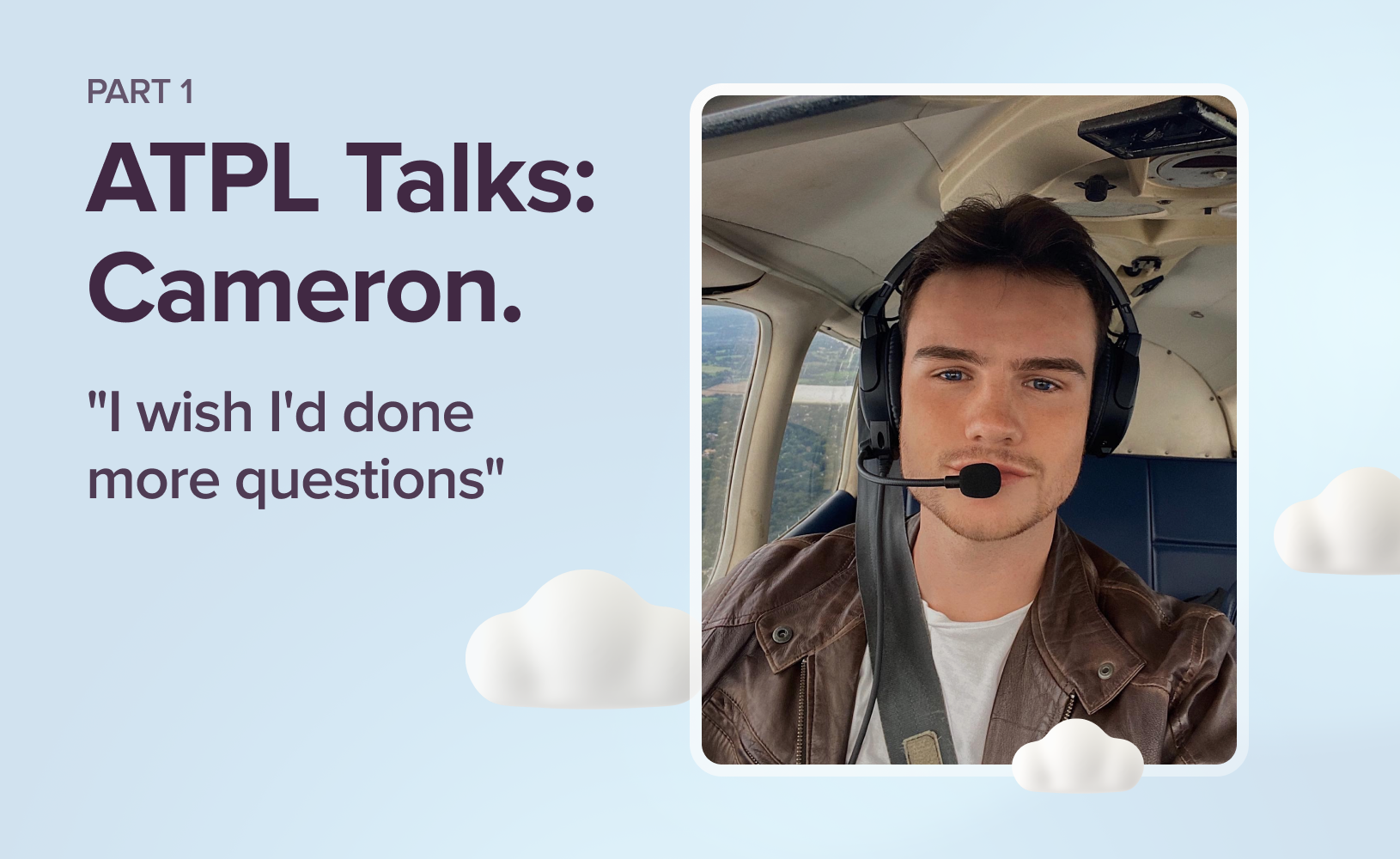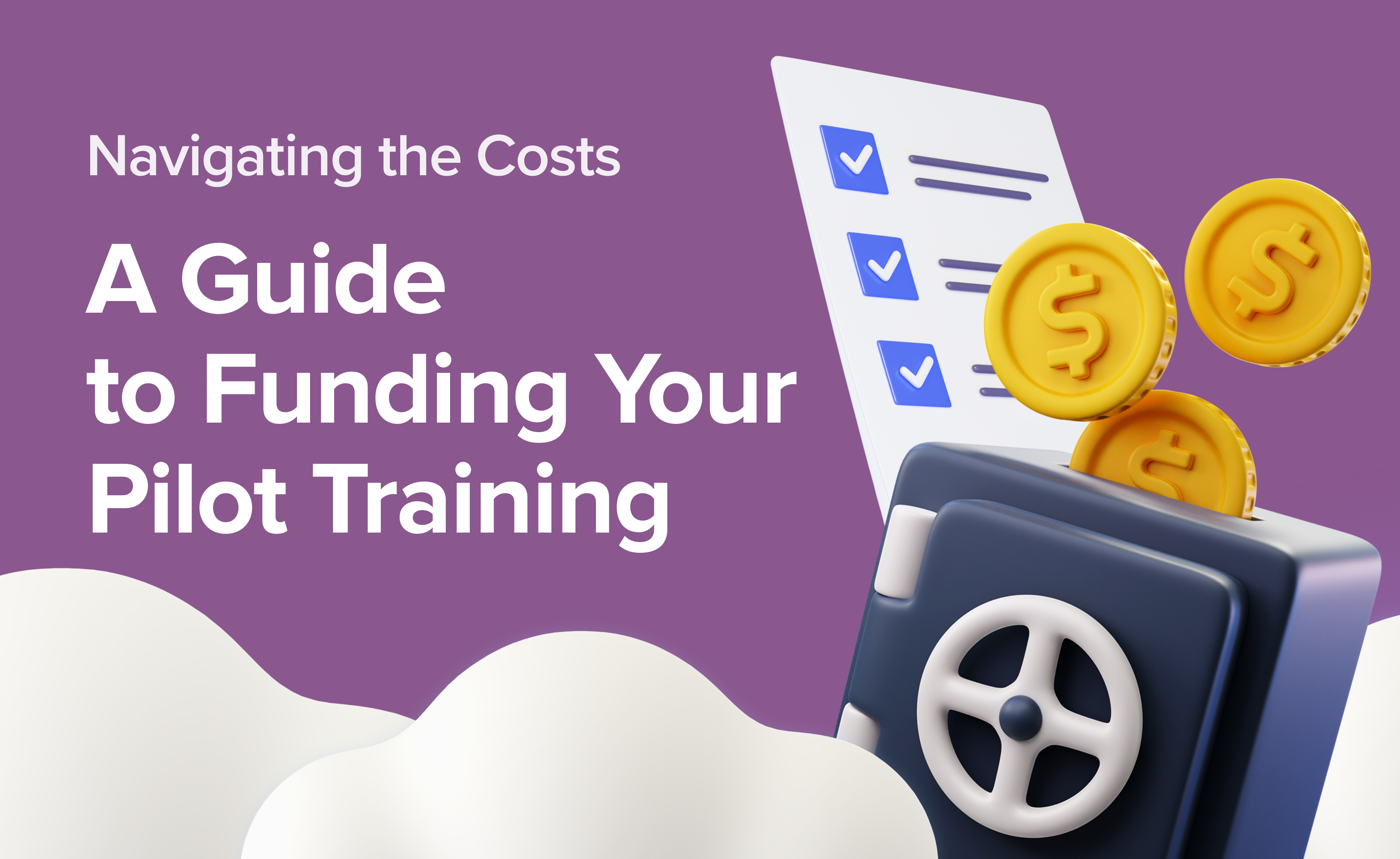Pilot in the Making: Mastering Flight Training
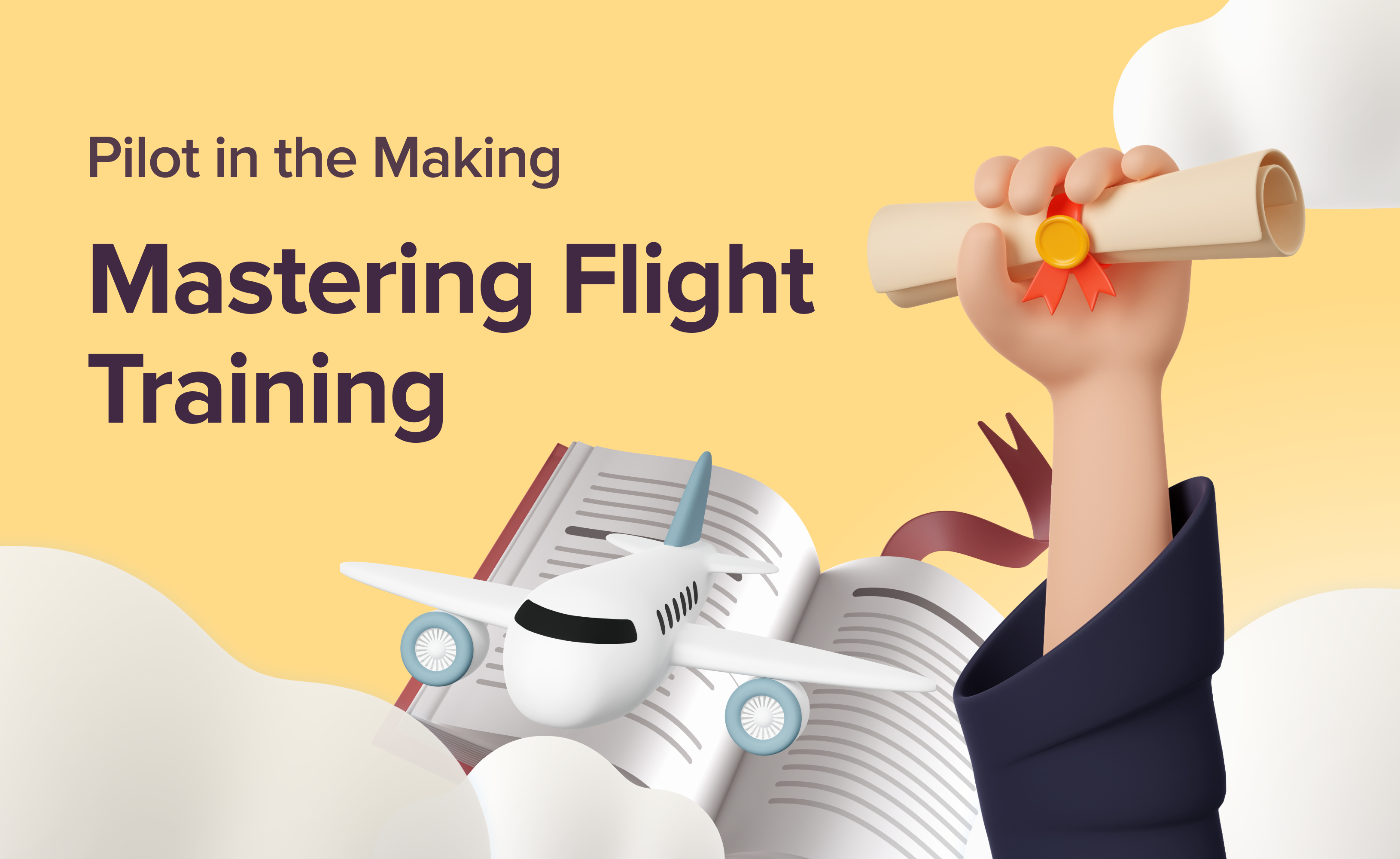
Becoming a pilot is a thrilling and challenging journey, but it's also a significant financial investment. In the UK and Europe, the average cost of flight training can vary greatly, with individual lessons often exceeding £300. Given this substantial expense, it's crucial to approach your training with careful planning and a positive mindset.
This guide aims to help aspiring pilots get the most out of their flight training experience. We'll delve into practical strategies for preparation, building a strong relationship with your Certified Flight Instructor (CFI), and cultivating the right mindset to navigate the challenges and rewards of this exciting pursuit.
Understanding the Cost of Flight Training in the UK and Europe
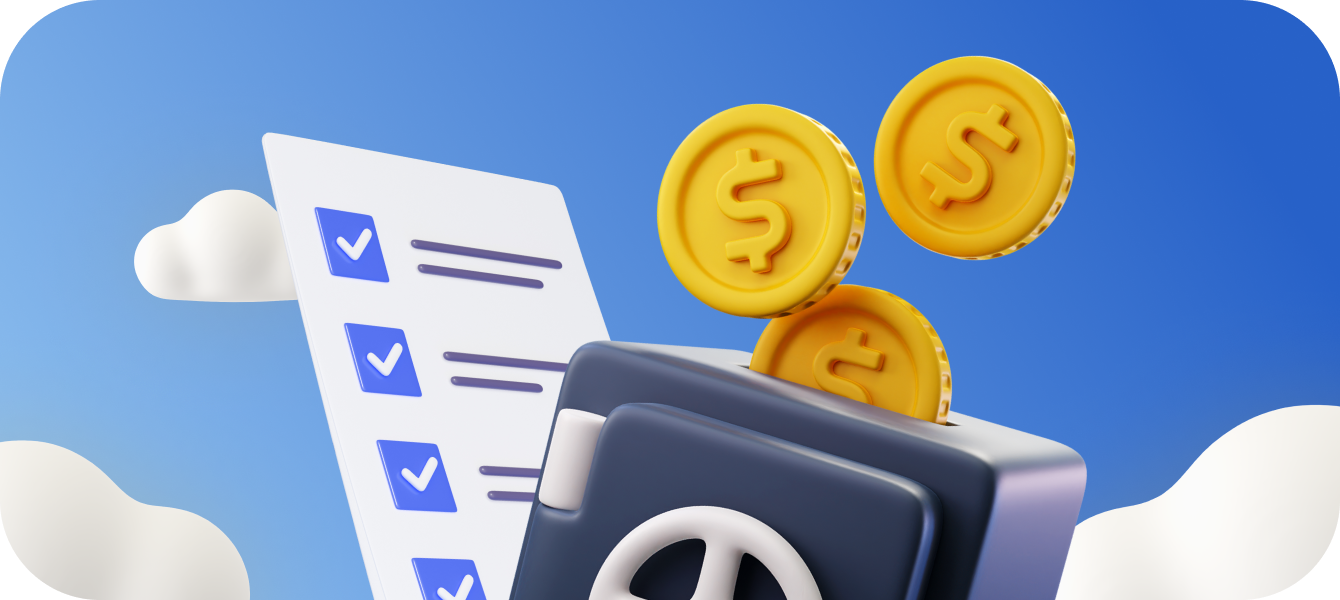
Firstly, you need to understand the financial commitment. Training costs can vary based on factors like the type of aircraft used, location, and the structure of the programme. Here’s a general breakdown of what flight training might look like in terms of expenses:
Private Pilot Licence (PPL): Nowadays, the average PPL student in the UK will spend between £12,500 and £17,000. Across Europe, it may range from €10,000 to €15,000, depending on factors like airspace and airport fees.
Commercial Pilot Licence (CPL): A CPL in the UK generally ranges from £50,000 to £60,000, while in Europe, it can be between €60,000 and €100,000.
Airline Transport Pilot Licence (ATPL): For those aspiring to fly commercially, an ATPL is the ultimate goal. Integrated programmes in the UK can cost upwards of £90,000 to £125,000, with similar costs in Europe ranging from €60,000 to over €100,000.
The high cost of flight training makes it crucial to get the most out of every lesson. Each hour in the cockpit is a valuable investment. By being prepared, staying positive, and working closely with your instructor, you can make the most of your training and get the most bang for your buck. This guide will help you do just that.
Building the Mindset for Flight Training Success

As a new pilot, it's important to remember that your success depends on a strong partnership with your Certified Flight Instructor (CFI). Your CFI will guide your learning process, providing instruction, demonstrations, and evaluations both on the ground and in the air. In return, you'll need to be dedicated to your training, actively observing, practising, and mastering the required skills and knowledge.
While technical proficiency is essential, a solid aviation mindset is equally significant. This involves developing strong decision-making skills, situational awareness, and a lifelong commitment to learning. Here are some effective strategies for developing a positive and resilient mindset:
1. Commit to Continuous Learning
Socrates once said, "The only true wisdom is in knowing you know nothing." Embrace this philosophy. Use each lesson as a building block, focusing on gradual, steady progress rather than perfection in every manoeuvre. Fostering a mindset of continuous learning prepares you for each stage of training but also lays the foundation for a successful aviation career. Be bold and ask questions, no matter how simple they may seem. A curious mind is a pilot's best asset.
2. Grow Through What You Go Through
A growth mindset is the belief that skills can be developed through dedication and hard work. So, adopting such a mindset is essential in aviation. Mistakes and setbacks are part of the learning process, especially in such a technical and challenging field. Instead of letting them discourage you, view them as stepping stones to improvement. Every challenge is an opportunity to grow stronger. Resilience is key to overcoming obstacles and achieving your goals.
3. Focus on Situational Awareness and Decision-Making
Situational awareness and sound decision-making are the core components of safe and efficient flight. They're your safety net, helping you navigate the complexities of the airspace and respond effectively to changing conditions.
To cultivate these vital soft skills, focus on constant vigilance. Train your mind to be constantly alert, scanning both inside and outside the cockpit. Pay attention to details like aircraft systems, weather patterns, and air traffic. Develop the habit of identifying potential hazards and risks before they become critical. Consider factors like weather conditions, air traffic density, and your limitations. Trust your instincts, but always back them up with sound judgment.
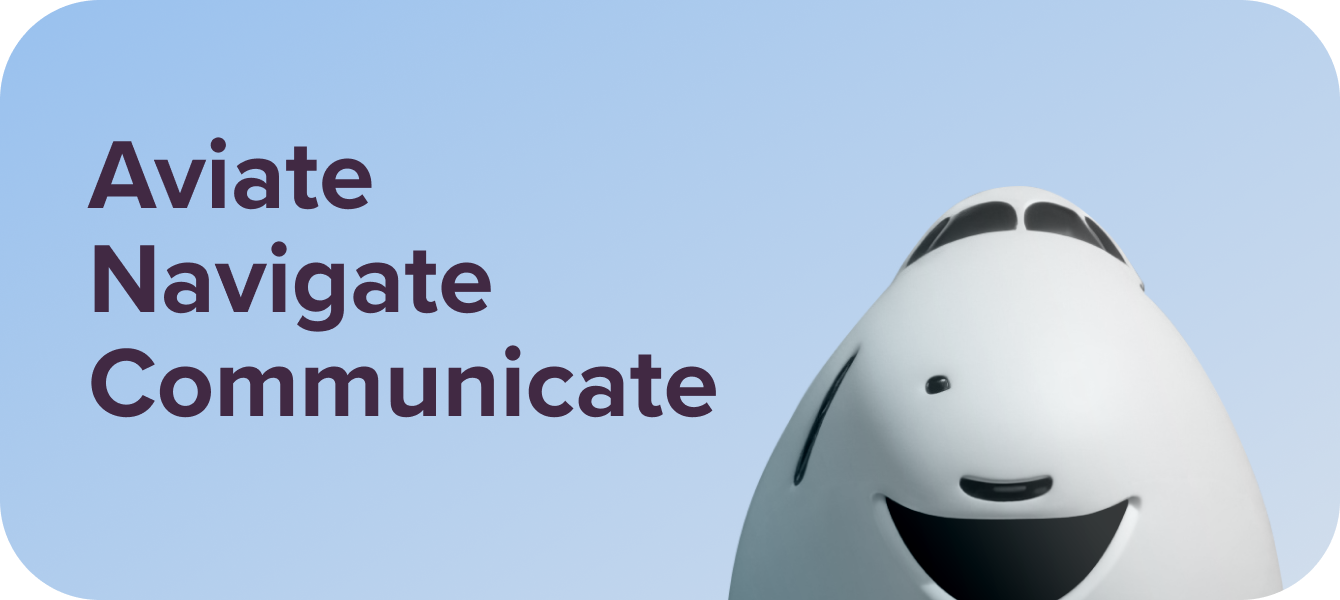
4. Learn from the Best
Learning to fly involves constant feedback, from pre-flight briefings to post-flight debriefings. Your instructor is your guide. Listen to their feedback, and use it to refine your skills. When possible, observe other students’ lessons or, if allowed, sit in on more advanced flights.
Watching how others perform can provide valuable insights into common mistakes, instructor feedback, and advanced techniques that you can apply to your training.
Remember, every lesson is a chance to become a better pilot. Be patient with yourself, and celebrate your progress, no matter how small. It does not matter how slowly you go as long as you do not stop.
5. Fuel Your Mind and Body
Aviation demands physical endurance and mental sharpness. Ensure that you’re well-rested, hydrated, and mentally focused before each lesson. Avoid caffeine and heavy meals before flights, as they can impact focus and comfort in the cockpit.
Consider incorporating mindfulness or stress-management practices into your routine, as they can help keep you calm and clear-headed, even in challenging training situations.
Flight Training Best Practices
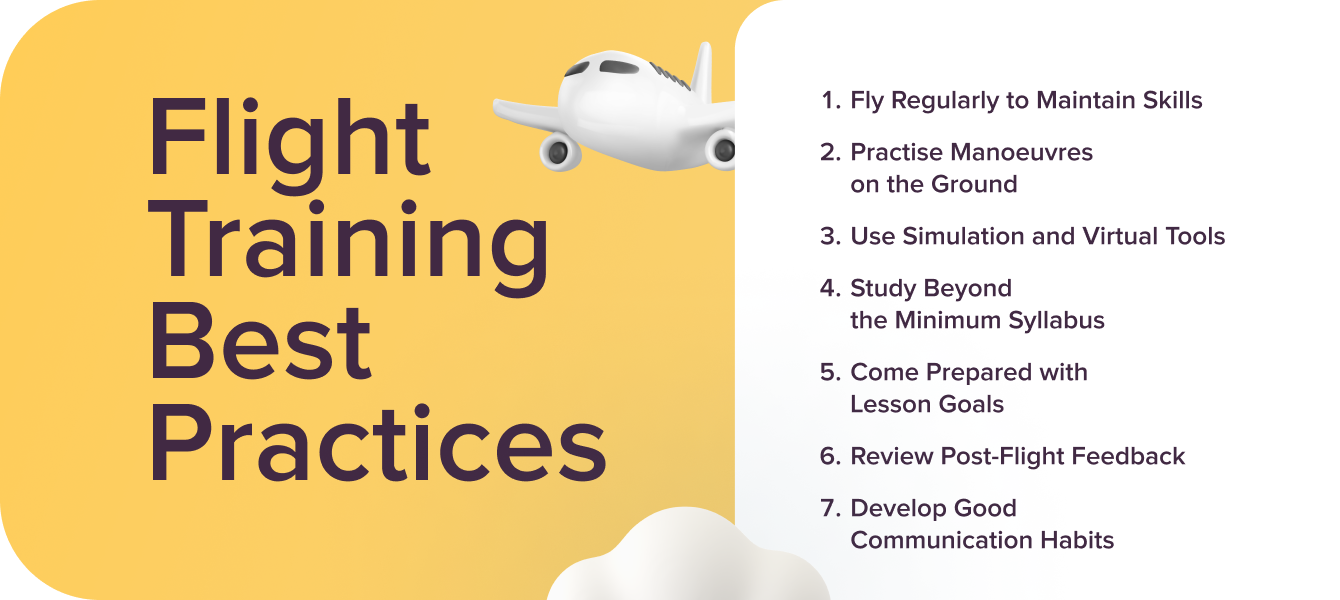
Unfortunately, too many flight lessons begin with the question, “What are we doing today?” This last-minute approach hinders effective learning. Successful students, on the other hand, dedicate ample time to ground preparation, reviewing manoeuvres, checklists, airspace, radio frequencies, and aircraft status before taking to the skies.
Remember the 5 Ps: Prior Planning Prevents Poor Performance. By taking the time to plan your training, you can save time, money, and frustration in the long run.
Given the high costs of each lesson, here are some practical ways to make sure you’re getting the best value.
Fly Regularly to Maintain Skills
Consistency is key to retaining skills and avoiding the need for repeated lessons. Aim to fly at least once a week; frequent flying reinforces skills and reduces the time needed to review previously learned techniques. If possible, schedule lessons in the early morning to benefit from smoother air and minimise weather-related delays, especially as early flights often mean cooler air, enhancing aircraft performance and overall comfort.
Practise Manoeuvres on the Ground
Rehearse manoeuvres, procedures, and cockpit flows on the ground before taking to the skies. Visualising each step and practising with a checklist helps develop muscle memory, meaning less time spent “figuring it out” in the air. “Chair flying” is a simple but effective exercise where you simulate each procedure in your mind, practising the positions of each control as if you were in the cockpit. This habit helps you remember complex sequences and reduces reaction time in flight.
Use Simulation and Virtual Tools
Flight simulators and online tools offer realistic practice at a fraction of the cost of flight time. Whether using desktop simulators, dedicated VR flight setups, or flight training software, simulation allows you to practise procedures, approaches, and navigation skills in a low-cost environment. For example, virtual tools are ideal for mastering emergency procedures or instrument flying, letting you go through the motions until they become second nature.
Study Beyond the Minimum Syllabus
To take advantage of each lesson, deepen your knowledge beyond the basic syllabus. Explore meteorological theory, navigation, air traffic control procedures, and aircraft systems to add depth to your understanding. When you know why things work the way they do, you’ll better understand instructor explanations and can apply insights practically. This expanded knowledge is especially useful for handling unexpected situations or emergencies, as it strengthens your situational awareness and decision-making skills.
Come Prepared with Lesson Goals
Approach each lesson with specific objectives. Review your instructor’s feedback from previous sessions and set clear goals for what you aim to accomplish. For instance, if you’re working on crosswind landings, make it a point to focus on each component — approach, touchdown, and rollout. Discuss these goals with your instructor in advance, so both of you are aligned, making the session more productive.

Review Post-Flight Feedback
The post-flight debrief is a crucial step that often goes underused. Take notes during the debrief on what went well and what needs improvement. Reviewing this feedback before your next lesson can reinforce learning and provide a clear focus for your next flight. Many students find it useful to maintain a training journal where they record these insights and track their progress.
Develop Good Communication Habits
Clear, concise communication with your instructor and air traffic control is essential. Practise ATC communication skills and aviation terminology during your study sessions to build confidence and fluency. This will not only improve your radio skills but also help reduce anxiety when communicating in busy or unfamiliar airspace.
By following these best practices, student pilots can make every lesson a productive and worthwhile investment, getting the best value out of both their time and money.
Making the Most of the Instructor-Student Relationship

The relationship between a flight student and their instructor is a special one. Unlike traditional classroom settings, where instructors address large groups of students, the pilot-instructor dynamic offers a personalised and focused learning experience. Open communication, mutual respect, and a shared commitment to safety are essential components of this partnership. Despite the challenging environment of the cockpit, where turbulence and busy air traffic can disrupt the learning process, a productive relationship can be cultivated.
To build a successful partnership with your CFI, consider the three most basic tips:
Choose an Instructor Who Suits Your Learning Style The right instructor can make a significant difference in the learning experience. Some CFIs are meticulous planners who prefer a structured approach, while others might take a more adaptive, student-driven style. Be clear about your goals and learning preferences to ensure a good fit.
Take Ownership of Your Learning While instructors provide guidance and expertise, students are responsible for their development. Gradually reduce your reliance on your instructor’s cues and practise independent decision-making early on. This autonomy builds confidence, which is essential for solo flights and the final check ride.
Be Honest About Your Strengths and Weaknesses Communicate openly with your instructor about areas where you feel confident and those where you need additional practice. This openness allows your instructor to tailor the lessons to meet your specific needs, enabling faster, targeted progress. After each flight, take time to evaluate your performance honestly — note areas for improvement and strengths. As you become comfortable with self-assessment, you’ll be more attuned to recognising mistakes early and making corrections, both in training and beyond.
What Makes a Great Flight Instructor

A skilled flight instructor is more than just a pilot with a teaching certificate. They possess a unique blend of technical expertise, pedagogical skills, and a commitment to safety. Here are some key qualities that define a truly exceptional flight instructor:
Setting High Standards, Building Confidence. A great instructor sets challenging yet achievable goals for their students. They break down complex manoeuvres into manageable steps, offering patient guidance and encouragement. By fostering a positive learning environment, they empower students to progress at their own pace.
Effective Communication and Feedback. A skilled instructor uses pre- and post-flight briefings to set expectations, review performance, and provide constructive feedback. By encouraging open dialogue, they create a space for students to ask questions, share concerns, and learn from their mistakes.
Leading by Example. Students learn not only from instruction but also by observation. A highly skilled instructor models the behaviours they expect from their students, demonstrating safety consciousness, professionalism, and a passion for aviation. By setting a positive example, they inspire their students to strive for excellence.
A Commitment to Safety. A professional CFI knows their limits and prioritises safety above all else. If a manoeuvre becomes too risky, they’ll step in to regain control and ensure a safe outcome. A strong commitment to safety gives students the confidence to take calculated risks under close supervision, without compromising their learning experience.
Ultimately, a great flight instructor is a mentor, a coach, and a role model. They inspire their students to reach their full potential and contribute to the future of aviation.
Airhead's Takeaway

Flight training is a big commitment, both financially and personally. But every single lesson is a chance to boost your knowledge, sharpen your skills, and grow your confidence as a pilot. By showing up with the right mindset, prepping in advance, and working closely with your instructor, you’ll make the most of every hour in the cockpit and keep moving steadily toward your goals.
Remember, this is a partnership — both you and your instructor are in it together. And when you’re both prepared and on the same page, learning can be both fun and incredibly rewarding.
So, take each lesson seriously, tackle challenges head-on, and keep in mind that every hour you put in is another step closer to becoming the skilled, confident pilot you’re aiming to be!
Safe flying!

